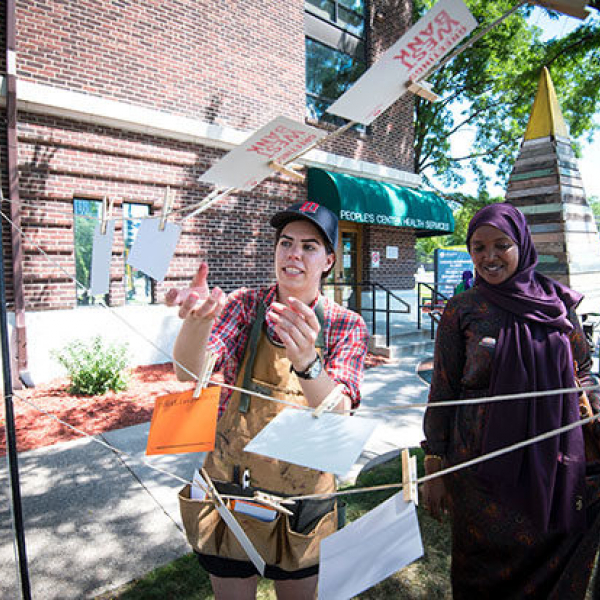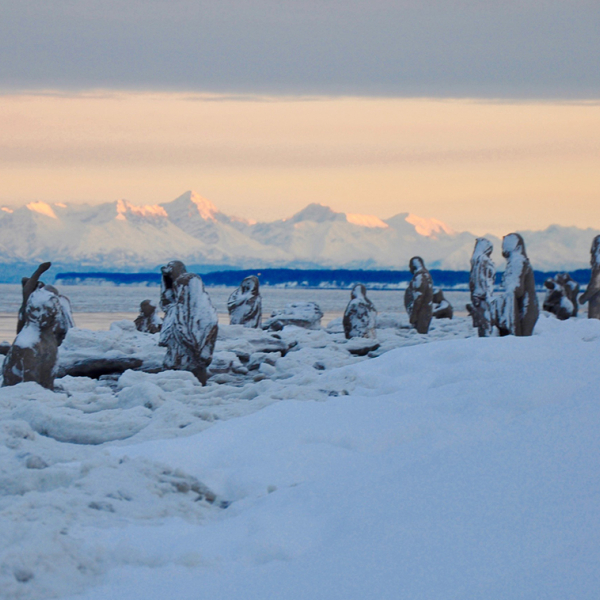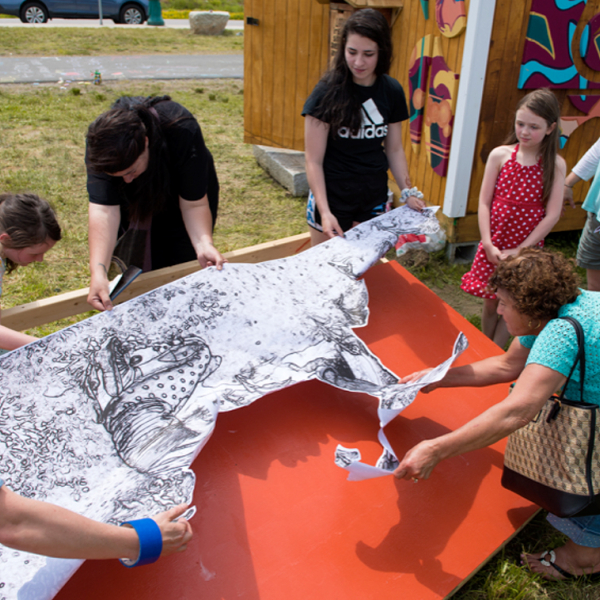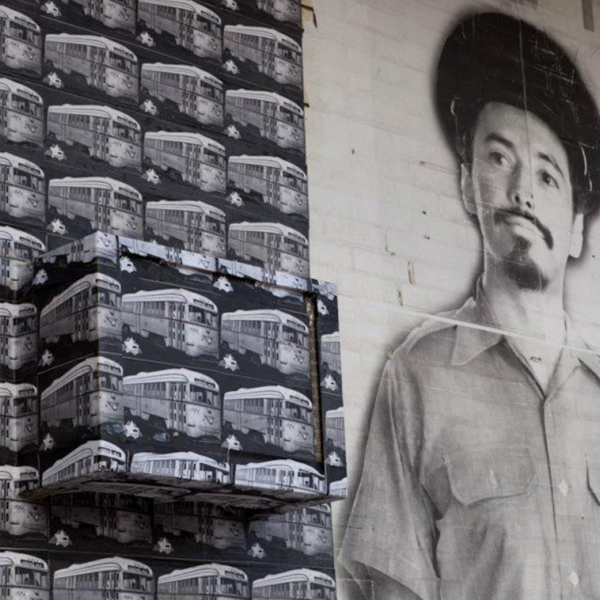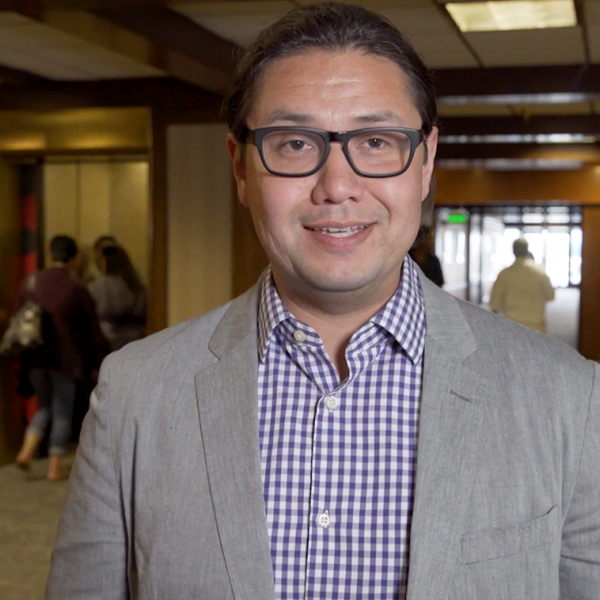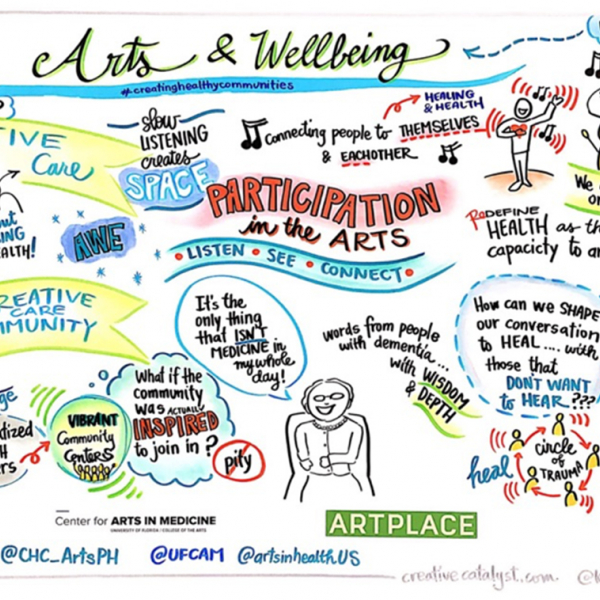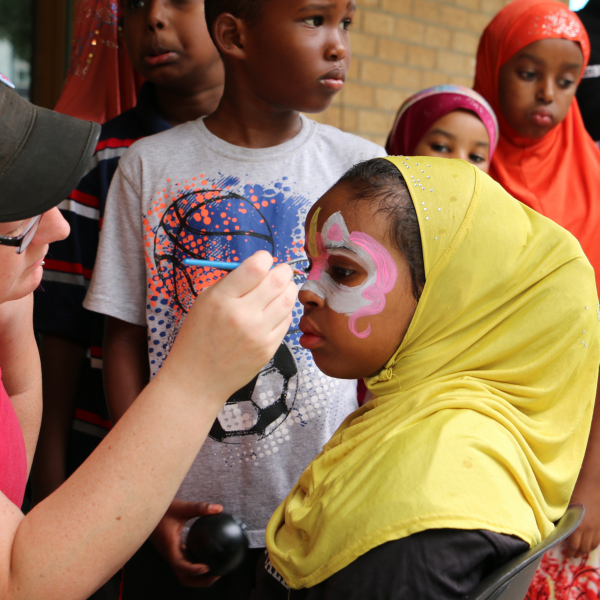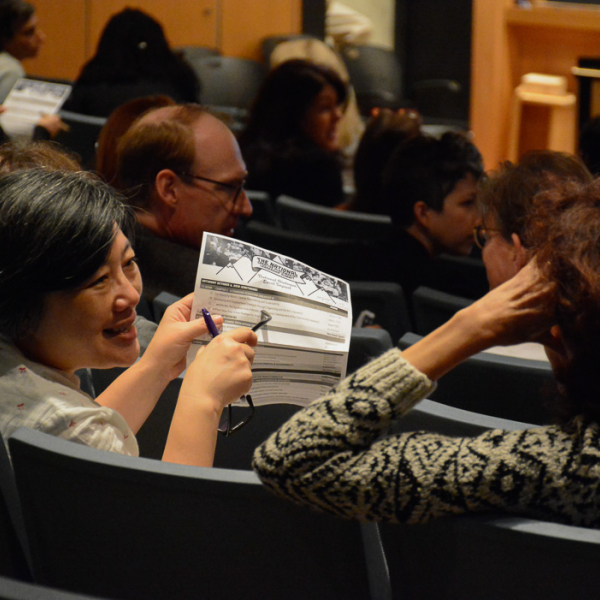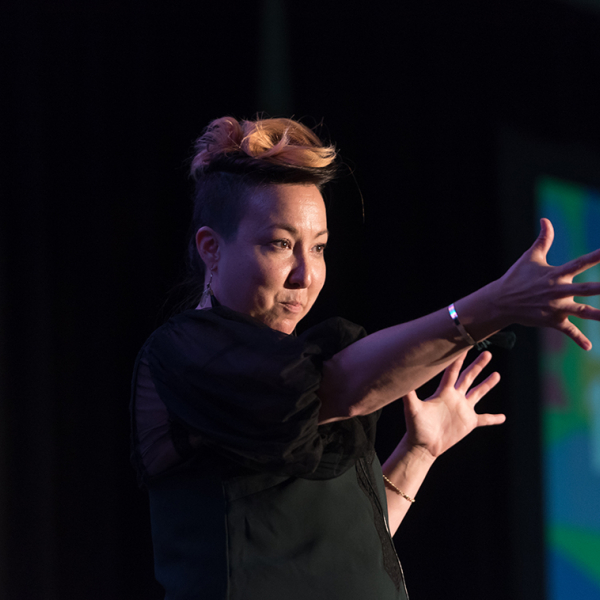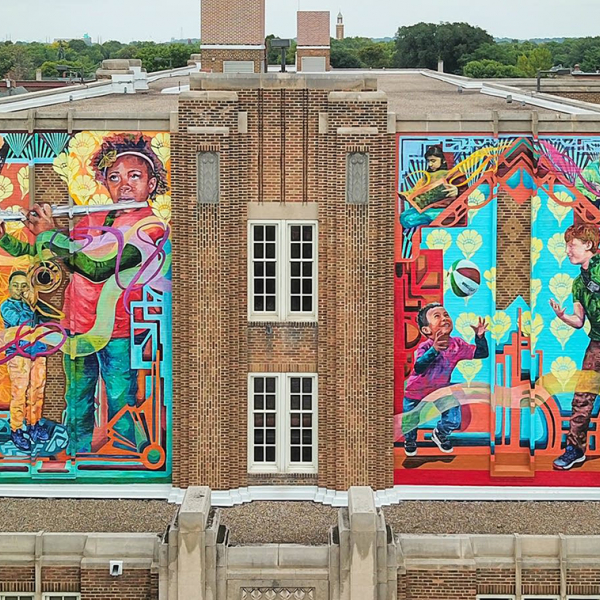Sahra Noor, former chief executive officer of People’s Center Clinics & Services, and Laura Zabel, executive director of Springboard for the Arts, discuss in this Shelterforce article how their collaboration to offer art-making events at a Minnesota health clinic helped create a community hub for connection and creativity.
28.01.19
Recent research commissioned by ArtPlace demonstrates how arts and culture strategies can help provide solutions to public health challenges faced by communities across the United States. This summary provides highlights and offers example projects.
25.01.19
From April 2017 to November 2018, Carolyn Lewenberg served as the Metropolitan Area Planning Council of Massachusetts’ first artist-in-residence. She spoke with ArtPlace about how artists can best work with municipal agencies, the challenges both parties face, and why artists are worth investing in. “We did a little art walk through the offices, and people said, ‘Wow, I never thought municipal collaboration could look cool!’ It put a different energy into the work.”
23.01.19
Transportation is about more than getting from A to B. Equitable, sustainable mobility choices are a cornerstone of public health. Boogie Down Rides, a project profiled in our transportation field scan, illustrates how arts and culture can be leveraged to make healthful transportation options more inclusive, accessible—and fun. In 2017, ArtPlace began a partnership with Transportation for America (T4A) to lead our transportation sector field scan research and to co-convene our transportation working group.
18.01.19
Architect Joseph Kunkel leads the Santa Fe-based Sustainable Native Communities Collaborative. He spoke with ArtPlace about ownership versus stewardship, what it means to be culturally responsive, and the importance of good old fashioned listening to the design process. "As a native designer, I've approached this style of engagement, i.e. sitting and listening, because this was a way of learning passed down from generations past. Listening to your elders, older cousins, friends, mentors, etc. You learn a whole lot more by listening, rather than imposing your own ideas."
15.01.19
The University of Florida’s Creating Healthy Communities: Arts + Public Health in America initiative is bringing diverse stakeholders together, conducting in-depth research, and sharing out best practices to build the life-changing field of arts and public health. Before Kelley Sams joined the University of Florida’s Creating Healthy Communities: Arts + Public Health in America initiative, housed in the university’s Center for Arts in Medicine, she earned a fine arts degree and served with the Peace Corps as a health volunteer in Niger.
10.01.19
Minneapolis’s Mixed Blood Theatre has been a mainstay in one of the city’s most notable immigrant enclaves since the 1970s. Now, they’re using their neighborhood connections to help community members bring their personal health stories to the stage, screen, and each other. Minneapolis’s Mixed Blood Theatre “changes attitudes, behavior, and policy by paying positive attention to difference.” Since their founding in 1976, the organization has been based in the city’s Cedar-Riverside neighborhood: a “naturally occurring cultural district” that is home to over 4,000 people from 67 countries who speak at least 93 languages, a majority of whom are originally from East African, Muslim, and Hmong communities.
07.01.19
Thomas Young, creative director of The National Consortium for Creative Placemaking (NCCP), gets theatrical about his love for Creative Placemaking Leadership Summits and why you should join ArtPlace and NCCP at our events across the country this year. I can’t watch theater anymore. After about eight years of directing musicals, plays, and devised theater, all I do when seeing a play is think about who’s calling it, how the lights were set up, and for the love of God why did they pick chartreuse for her dress?
18.12.18
With 2018 drawing to a close and 2019 on the horizon, we leave ArtPlace readers with some actionable wisdom about wellness and work, delivered by the artist Leslie Kimiko Ward in the closing plenary of our 2018 Annual Summit in Louisville, Kentucky. Leslie Kimiko Ward, a social practice artist, movement specialist, writer, and shepherd (yes, of sheep), gave the closing plenary talk at the ArtPlace 2018 Annual Summit in Louisville, Kentucky this past May.
11.12.18
As Forecast Public Art wraps up its 40th year, we join the celebration by sharing out some of the useful, valuable resources they produce for artists and creative placemakers—free of charge. As this milestone anniversary year comes to a close—and in the holiday spirit of giving—we at ArtPlace wanted to share out a few of the many top-shelf resources Forecast offers to the public (or has in the works), all free of charge. To expand its efforts to build the diversity of artists and consultants working in public art, Forecast launched GroundWork, a first-of-its-kind training program for the next generation of public art consultants of color.






